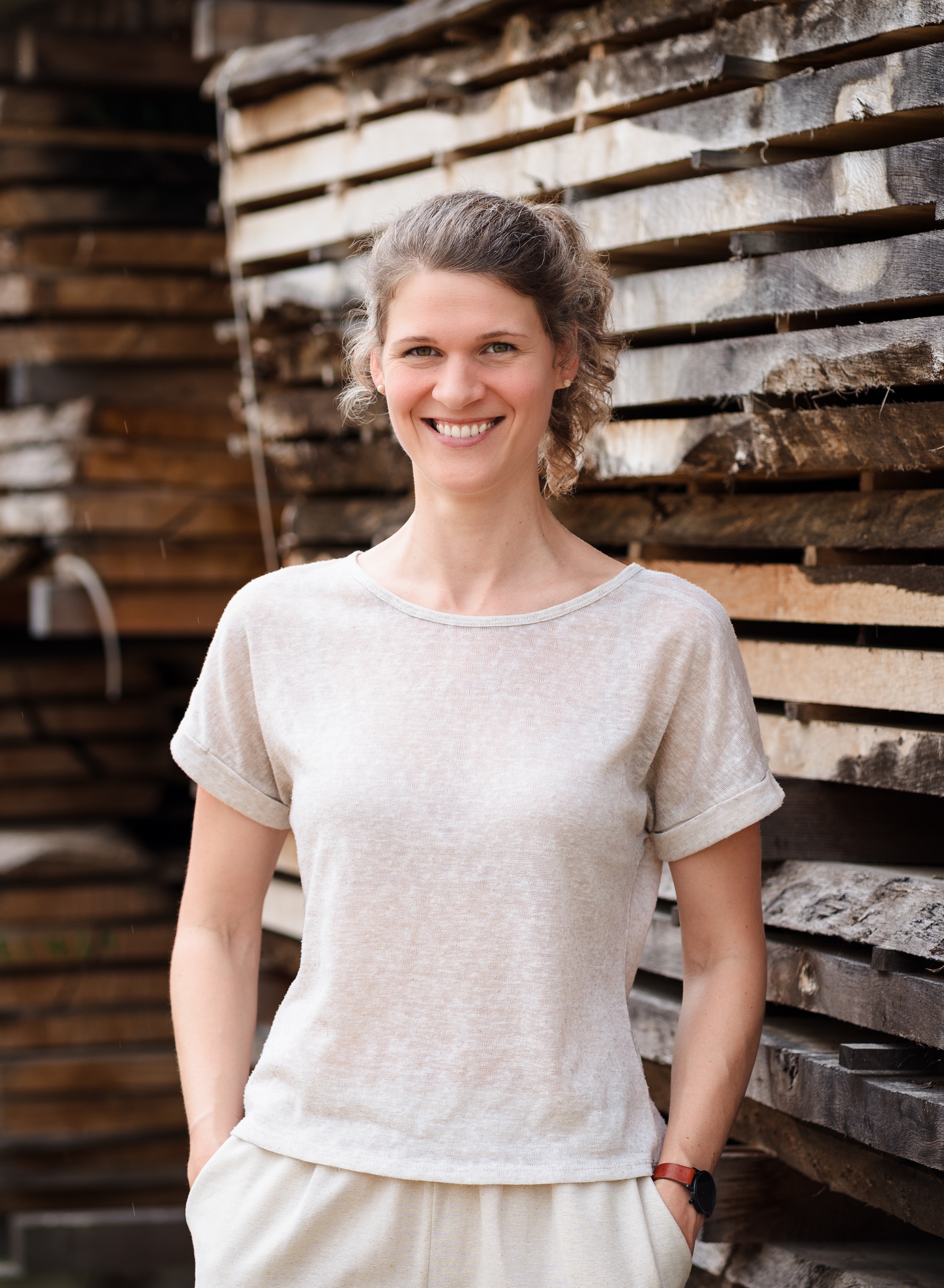Was es macht
For many elderly people, it becomes challenging to get up and sit down by themselves. With its extended armrests that go all around and serve as a handrail, armchair Lotte enables the user to get up intuitively in a position with minimal resistance.
Deine Inspiration
We are now living in a world with a rapidly growing ageing population, which poses a lot of questions for the ones designing the future. During a visit to a retirement home, I started to notice that many elderly people have trouble getting up and sitting down by themselves. We should all be able to get up and sit down on our own, regardless of age or ability. However, due to age-related impairments, this becomes challenging for many elderly people, limiting their freedom in everyday life. So my aim was to develop a comfortable and ergonomic armchair for retirement homes that helps the residents to get up on their own.
So funktioniert es
To get up by oneself may seem like a basic action, but for many people, it is not. Without this basic ability, a person is, among other things, unable to go to the restroom independently. Being able to get up is fundamental. To get up the proper and safe way, the centre of gravity should always remain above the feet, as a physiotherapist explains. To do so, the upper body is bent forward and the head bowed over the feet until the body weight is on the legs. From this position, you straighten up your body. This is very challenging if you have weak legs, painful joints or balance issues. To help themselves, residents will use the armrest as a support, which ends up putting all the weight on their arms instead of their feet. My idea was to have extended armrests that support the user during the weight transfer. These armrests create the confidence to put the weight on the feet and enable the user to get up intuitively in a position with minimal resistance.
Designprozess
I worked very closely with medical and healthcare experts such as a physiotherapist, a dementia expert, a gerontologist, a surgeon and nursing staff. On-site research, prototype testing, as well as surveys among residents were all important in the process. For instance, when a resident told me she would not need a rollator in her apartment as she simply holds on to her furniture, this opened up the idea of an armrest that goes all the way around and acts like a handrail. I involved the residents in the overall process to better understand their abilities, disease patterns, challenges they face in everyday life, what armchairs they like and what they wish for. With a functional prototype (see video), I proved the idea of the extended armrest together with the care team of Generationenhaus Neubad, Basel. Felix Oettli, responsible for physical activity and health, confirmed that the extended armrests create the confidence to put the weight on the feet and users would automatically lean further because the handle is more forward. In the further development, the business branch Customized Furniture of Swiss furniture manufacturer Girsberger AG, supported the project with his technical expertise and model making skills.
Warum es anders ist
Products that are made especially for the elderly often lack grace and elegance, and send an unwanted signal of fragility. Consequently, they resist using these products. Lotte consciously distances itself from stigmatising get-up aids by combining function and aesthetics in a balanced way. Its intuitive use is a key element, especially for residents with cognitive impairments. By improving a resident’s ability to be more self-sufficient, the staff is relieved, thus gaining additional time to engage with residents on a social and personal level. The product, including all its advantages, is conceived in a way that the selling price is not even higher than the one of a common armchair in this context. This armchair enables people in need of care, to lead more fulfilled and independent lives and thus creates the opportunity for them to participate and contribute to society and the world. This benefits individuals, families, and society at large.
Pläne für die Zukunft
After testing the first functional and aesthetic prototype (see video), few construction and formal details were adjusted. The development was recently completed, and the chair is now ready for the market. Manufacturing is carried out under the principles of the circular economy. The intended small batch production enables us to react flexibly to future customer requirements in subsequent projects. The manufacturer and I are currently addressing specific target groups by direct acquisition. In this sense, we are not planning a classic market launch, but rather a target group-oriented communication with consultations in a direct dialogue.
Auszeichnungen
German Design Award 2023: Winner Furniture. Iconic Awards 2023, Innovative Interior: Best of best, Furniture. Dezeen Awards 2022: Seating design of the year. Dezeen Awards 2022: Public Vote Winner. Design Preis Schweiz 2021: Winner Furniture.



Verbinden